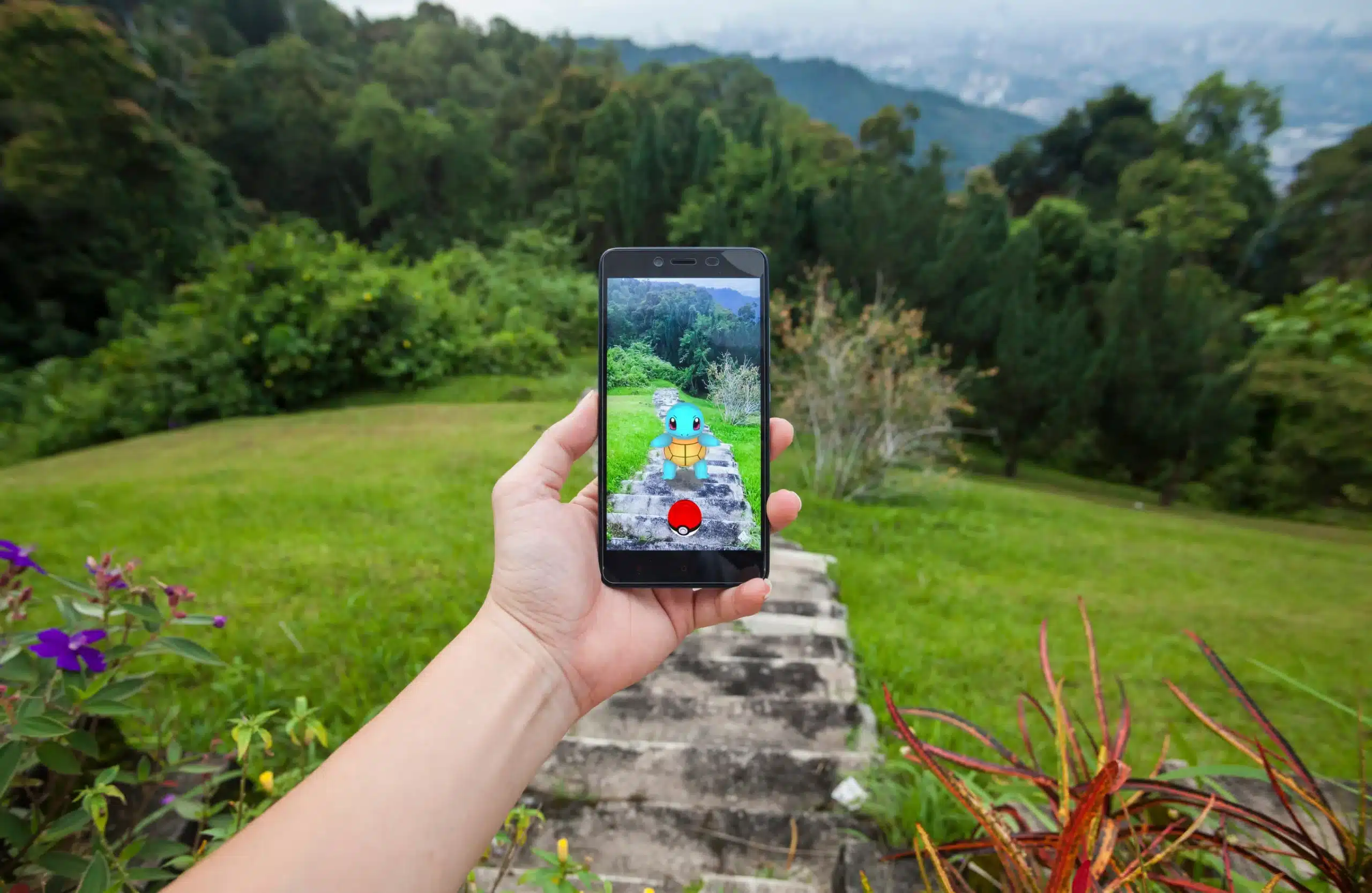
radiant-blog-first-slider_01
3 Valuable Marketing Lessons Pokémon GO Taught Us

If you haven’t heard of Pokémon GO by now, you most likely haven’t stepped foot outside of your house in a few months. The game has taken the world by storm, satisfying the dreams of every 90’s kid and reigniting new the passion to “catch ‘em all” in a new generation of Pokémon masters.
Nintendo, Niantic Labs and The Pokémon Company launched Pokémon GO in July, enabling players to catch and train 250-plus creatures, collect numerous items at PokeStops and battle at Pokémon Gyms. From its humble roots on Game Boy in the 90’s, they’ve brought Pokémon into the real world using GPS and augmented reality technology on players’ devices. It’s changing the future of mobile gaming and is simply pure genius.
Since its release, Pokémon GO has reportedly taken in approximately $1 million in daily net revenue and added $7.5 billion to Nintendo’s market value. This means it could generate a run-rate of more than $1 BILLION annually. Not too shabby considering it was launched with next to no marketing budget, according to Advertising Age.
That’s one of the first valuable marketing lessons we can learn from Pokémon GO: even the smaller ad campaign and marketing budgets can lead to success.
“How many ads did you see for Pokémon Go leading up to its launch? Probably none,” Forbes said, comparing it to recent blockbuster movies that “crammed advertising down our throats to get us into theaters.”
It’s everywhere on social media! It’s almost impossible not to get involved considering how much Pokémon GO is being talked about. Nowadays, we won’t buy a product unless someone else has reviewed it, or notice a business unless we hear someone else talking about it. Social proof is everything these days and Pokémon GO took social by storm.
Pokémon GO shows just how successful tapping into reward systems is. By making the experience relevant and fun to the user, businesses can be wildly successful. If applicable, try using a reward system of your own! Think discounts, points, badges, coupons or loyalty programs to boost customer engagement. You want your audience to constantly look forward to what you’re dishing out next. You can do this with an offline event, social networking, special content or a new app. Pokémon GO wouldn’t be the success it is today without the user engagement it’s inspired. People are playing and talking about it constantly since its engaged them in ways that other brands never have.
Humans are nostalgic by nature, so it doesn’t come as a surprise that those 20 and 30 somethings who grew up playing Pokémon are excited to play it again. When creating your marketing messages, it’s important to appeal to your audience’s emotions. Think about a time you’ve heard a marketing message that really strikes a chord with your emotions and how it may affect your buying decisions or impression of a brand. All human beings essentially have the same mental triggers that drive actions. Once you identify the target audience for your marketing messages, consider which emotional triggers you can connect to those messages—to make consumers feel something, and to make them act on those feelings or remember your brand because of them. Do you have a product or offering that was successful in the past that you might be able to bring back to life with a little twist to it?
The overnight success that is Pokémon GO is a valuable lesson for marketers seeking innovative ways to increase customer engagement and maximize mobile technology. Your services or product should be talked about on social media, have a strong brand and strike an emotional, nostalgic chord to be successful.
{{cta(’83d31190-62cd-4df6-87e0-fe3a137bcdd1′)}}